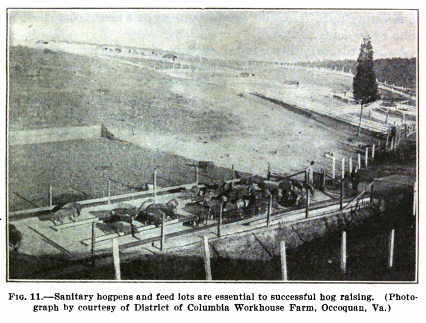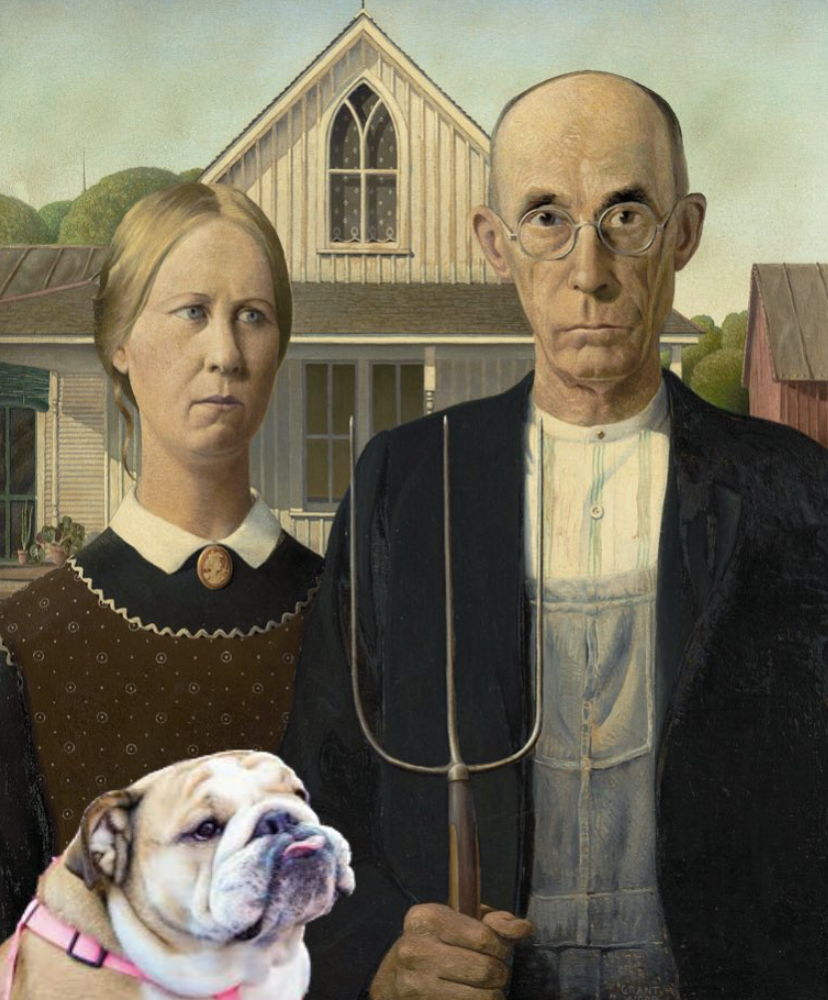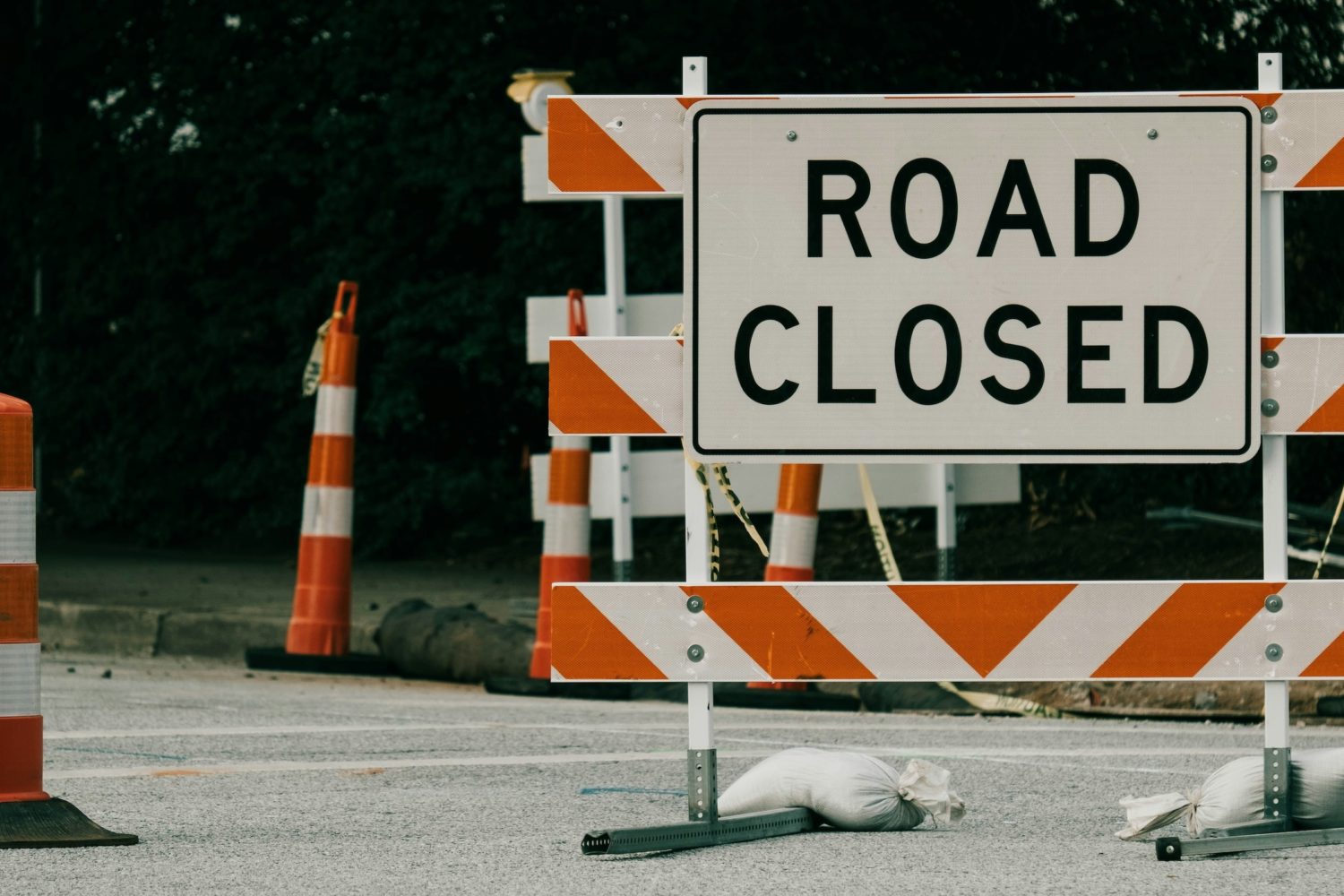This week, Washingtonian is reporting on one of the least-noticed but most important aspects of urban life: garbage. Read about why we’re doing this.
The Residence Act of 1790 moved the seat of US government from Philadelphia to what would become DC. With that small detail taken care of, the city we know today would grow around the Potomac and Anacostia rivers. The real challenge for a new city in the 19th century, however, was how to deal with all the garbage. So for decades, DC fed it to pigs.
According to a 1901 report by the DC health officer, the city tried just about everything to get rid of its trash: rolling it away in barrels, dumping it directly outside city limits, “garbage reduction” (squeezing out grease), incineration, dumping it in a river, and more. Some things never change: the report notes in multiple places how difficult it was to find a spot for garbage processing, since “citizens of every locality felt that their swill should be disposed of in their neighbor’s domain, but not in their own.”
They often decided to go out of sight and out of mind, taking trash to pig farms outside city limits. This was not as out there as it sounds today: a 1903 report on garbage disposal in New York City notes that swine feeding was extremely common in New England, and given some common-sense practices, “there should be no objection to this practice from a hygienic or commercial standpoint.” A pig farmer from Grand Rapids gave a report to the American Public Health Association in 1912, calling it convenient and profitable, and in 1919, another report from the DC engineer described a successful pilot program for feeding pigs trash, then called on Congress to continue funding it.
By 1943, the public opinion of the practice had soured (literally). A report from the National Institutes of Health described how feeding uncooked garbage to swine was a major cause of human trichinosis, which at the time was more common in the US than anywhere else in the world—mostly thanks to parasite-ridden pigs. But the NIH notes that if table scraps were thoroughly cooked and the resulting pork was prepared correctly, the disease transmission would drop dramatically, and it would again be a profitable, useful way to get rid of garbage.
And it turns out the NIH was right: if properly boiled for 30 minutes before feeding, the USDA allows pigs to eat garbage, and the guidelines were last updated in 2009. So if it’s safe, convenient and eco-friendly, why’d we stop?
It’s hard to make a food pyramid out of table scraps. We throw away more and more inedible, inorganic wastes, so it’s hard to feed pigs a balanced diet on trash alone. This is an escalation of an issue mentioned way back in 1943: that report notes that “the food value of garbage has decreased considerably during the past 10 to 15 years,” and that trend holds steady in the modern age. Plus, studies and anecdotal evidence have found that it creates lower-quality meat that spoils sooner.
But if you take care of the hygiene issues, feeding pigs trash is still a viable option—they don’t mind. After all, the 1943 paper says, “while we have no way of measuring the gustatory preferences of a hog other than its acceptance or rejection of food, the fact that hogs do consume cooked garbage with apparent relish is in itself an answer to the argument.”




















